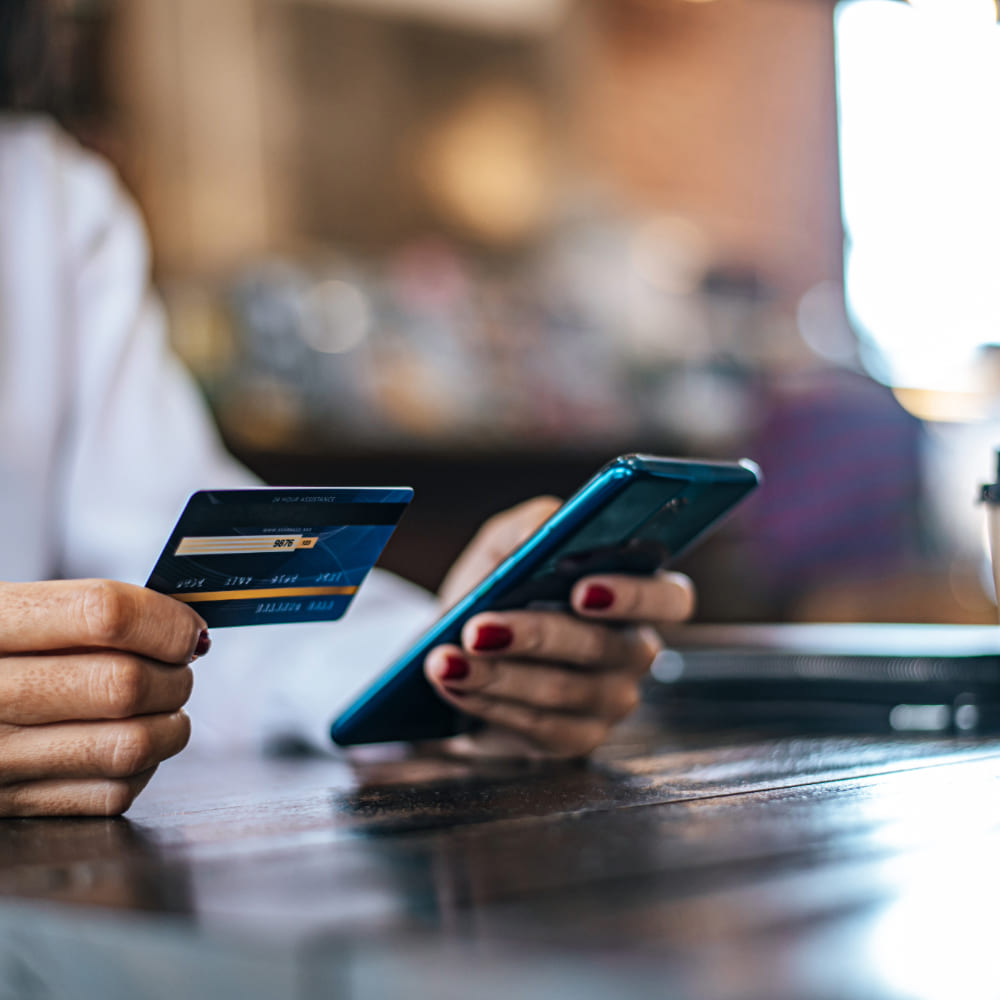The abandonment rate in the financial industry can be reduced — but only by addressing the underlying causes and redesigning digital experiences with real user needs in mind.
Integrating the unbanked into today’s digital financial system
Do you remember seeing your parents keeping money under the mattress? It seems like only yesterday that we were still seeing our relatives this. It wasn’t so long ago that this traditional model of storing money was a part of our day-to-day lives, and it has only been a matter of years – since the digitization of traditional processes – that we have seen how everything has changed. The arrival of the Internet marked a before and after, and since then the advances have reached such a rapid speed that every year we are still trying to adapt.
But despite rapid progress in the digitization of aspects of human life, there is still much to be done in banking. When people think of the underbanked or unbanked, many think of developing countries, and those nations that do not have sophisticated financial systems. However, a 2017 study by the FDIC (Federal Deposit Insurance Corporation), the Federal Deposit Insurance Corporation, found that more than 24 million U.S. households were unbanked, as they “had a checking or savings account, but also obtained financial products and services outside of the banking system.”
The unbanked: problems and solutions
Problems
Lack of access to affordable financial services has a significant impact on the lives of the unbanked and their families, their communities and the financial system as a whole. Because their participation in the economy is limited, they are more likely to remain in a lower economic stratum and less able to contribute to and participate in economic growth and prosperity.
Respondents reported a number of factors that explained their unbanked status, including lack of trust in banks, not having enough money to maintain an account, and the inconvenience of bank branches. While the lack of trust has no readily apparent technological solution, there are already mobile solutions that offer potential solutions to the costs and inconveniences associated with banking.
Consider some of the costs of banking: operating in inefficient branches, dealing with legacy technology and relying on slow, manual processes. All of these add up to service costs, which are passed on to consumers.
Solutions for the unbanked
With more efficient and scalable solutions, it is possible to offer more affordable services for the unbanked.
With a self-service and digital delivery model, alerts, notifications and other ways of keeping customers aware of their account status help avoid account problems and penalties. With better account personalization and more refined, AI-powered risk management, more appropriate credit offers can be made, benefiting both the bank and the customer.
Digital and mobile banking also improves the convenience factor. Consumers do not have to rely on bank opening hours or spend time travelling to a branch to carry out financial transactions. While branches offer the advantage of face-to-face communication and the ability to build relationships and trust, many consumers prefer the speed and accessibility of a website or banking app.
Benefits of digital banking for the unbanked
Expanding services for unbanked customers is not simply a goodwill effort, as there are significant opportunities for banking revenue growth.
If credit schemes and other effective financial services are available to billions more people, what are the global effects? The unbanked can make more long-term financial plans, rather than living from day to day. They can invest in education, resources and goods and services to improve their lives and build a path to prosperity. For example, they could start a micro-enterprise, as the same mobile device that banking offers them is a potential avenue to develop, market and grow their own business.
The effects are not limited to individual households, as there are numerous side effects. They can help their family members. Their increased wealth helps the community as they spend more money in the local economy. As the entire local economy grows, it fuels further expansion in a virtuous circle of economic growth.
Ensuring security in digital banking is paramount
Although the opportunities are staggering, there are many hurdles and difficult decisions to be made to bring the unbanked into the financial system. As mentioned, it is difficult to build trust in banks in cultures that are reluctant to put money in an institution. Even for people who are used to doing business digitally, online banking is potentially worrying, and even more so for people who are new to the technology.
From a banking point of view, compliance issues are non-negotiable and strict rules make the registration of unbanked customers risky. The same rules apply to high-value lifetime customers as to low-value ones, so many banks are reluctant to accept the risk for the perceived pay–out.
Fortunately, when it comes to digital identity, the risk of money laundering is generally lower with lower value accounts. Therefore, having the same strict rules for all accounts is neither necessary nor helpful. It is recommended that regulators re-examine their AML (Anti Money Laundering) and KYC (Know Your Customer) requirements to ensure that security measures are appropriate to the level of risk.
If financial institutions want to ensure maximum security for their customers, they have to opt for effective eID systems. The right choice of a trusted digital provider is very important if risks are to be minimised.

























